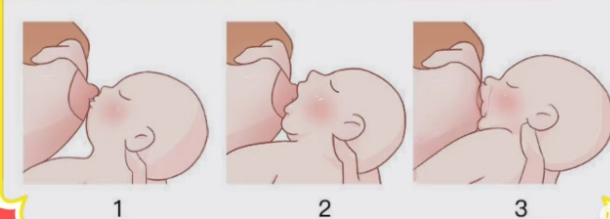Purifying Your Home: A Comprehensive Guide to Eliminating Toxins for a Healthier Living Environment
In today's world, the importance of maintaining a toxin-free home cannot be overstated. With increasing awareness of the harmful effects of indoor pollutants, many homeowners are seeking effective strategies to rid their living spaces of toxins. This article delves into practical, scientifically-backed methods to detoxify your home, ensuring a healthier environment for you and your family.
Understanding Household Toxins
Before embarking on the journey to a toxin-free home, it’s crucial to understand what these toxins are and where they originate. Common household toxins include:
- Volatile Organic Compounds (VOCs): Found in paints, varnishes, cleaning products, and air fresheners, VOCs can lead to respiratory issues and other health problems.
- Pesticides: Residues from pest control products can linger in your home, posing risks to both human health and the environment.
- Heavy Metals: Lead, mercury, and cadmium can be present in older homes, plumbing, and certain consumer products.
- Mold and Mildew: These fungi thrive in damp environments and can cause allergic reactions and respiratory issues.
- Formaldehyde: Commonly found in building materials and household products, formaldehyde is a known carcinogen.
Step 1: Conduct a Comprehensive Assessment
The first step in detoxifying your home is to conduct a thorough assessment. Identify potential sources of toxins by:
- Inspecting Your Home: Look for signs of mold, peeling paint (which may contain lead), and areas with poor ventilation.
- Reviewing Product Labels: Check cleaning supplies, personal care products, and home furnishings for harmful chemicals.
- Testing for Air Quality: Consider investing in an air quality monitor to detect VOCs, particulate matter, and other pollutants.
Step 2: Improve Indoor Air Quality
Enhancing indoor air quality is essential for reducing toxin levels. Here are several strategies to consider:
- Ventilation: Ensure proper ventilation by opening windows and using exhaust fans, especially in kitchens and bathrooms. This helps to dilute indoor pollutants.
- Air Purifiers: Invest in high-quality air purifiers equipped with HEPA filters to capture airborne toxins and allergens.
- Houseplants: Certain plants, such as spider plants, peace lilies, and snake plants, can naturally filter toxins from the air.
Step 3: Choose Non-Toxic Products
Transitioning to non-toxic products is a vital step in reducing household toxins. Consider the following:
- Cleaning Supplies: Opt for eco-friendly cleaning products or make your own using natural ingredients like vinegar, baking soda, and essential oils.
- Personal Care Products: Choose personal care items that are free from parabens, sulfates, and synthetic fragrances.
- Furniture and Decor: When purchasing new furniture, look for items made from natural materials and certified as low-VOC.
Step 4: Address Mold and Moisture
Mold thrives in damp environments, making moisture control critical in toxin removal. Here’s how to manage moisture levels:
- Fix Leaks: Repair any plumbing leaks promptly to prevent water accumulation.
- Use Dehumidifiers: In areas prone to humidity, such as basements, use dehumidifiers to maintain optimal moisture levels.
- Regular Cleaning: Clean bathrooms and kitchens regularly to prevent mold growth, using natural anti-fungal solutions like tea tree oil.
Step 5: Dispose of Hazardous Materials Properly
Proper disposal of hazardous materials is essential for maintaining a toxin-free home. Follow these guidelines:
- Hazardous Waste Collection: Participate in local hazardous waste collection events to dispose of items like old paint, batteries, and electronics safely.
- Pesticide Disposal: Follow local regulations for disposing of pesticides and herbicides, ensuring they do not contaminate the environment.
Step 6: Educate and Involve Your Family
Creating a toxin-free home is a collective effort. Educate your family about the importance of reducing toxins and involve them in the process. Encourage practices such as:
- Reading Labels: Teach family members to read product labels and choose safer alternatives.
- Sustainable Practices: Promote recycling, composting, and reducing waste to minimize environmental impact.
Conclusion
Eliminating toxins from your home is not just a trend; it’s a necessary step towards ensuring a healthier living environment. By understanding the sources of toxins, improving indoor air quality, choosing non-toxic products, managing moisture, disposing of hazardous materials properly, and involving your family, you can create a sanctuary free from harmful substances. Embrace these practices and take charge of your home’s health—your body and mind will thank you.

Average Rating